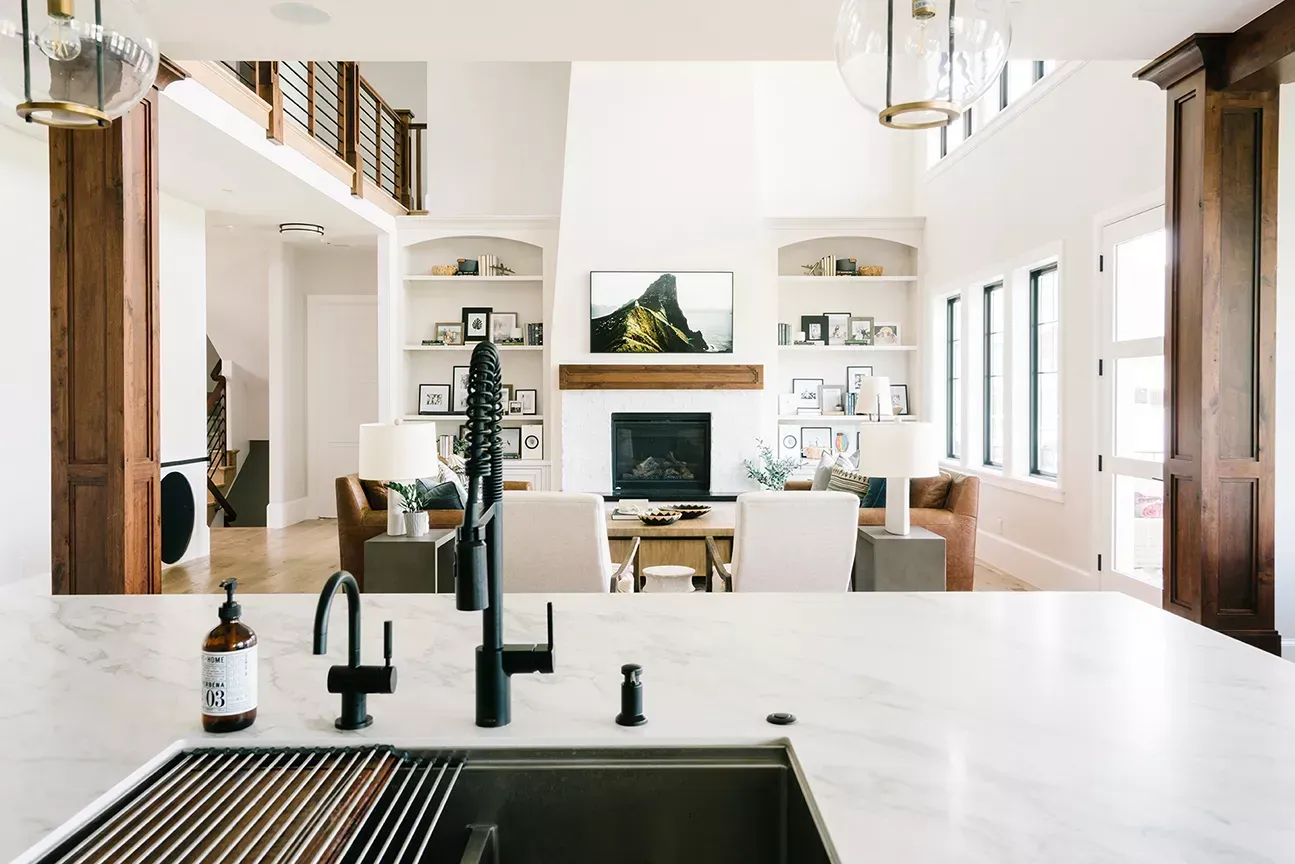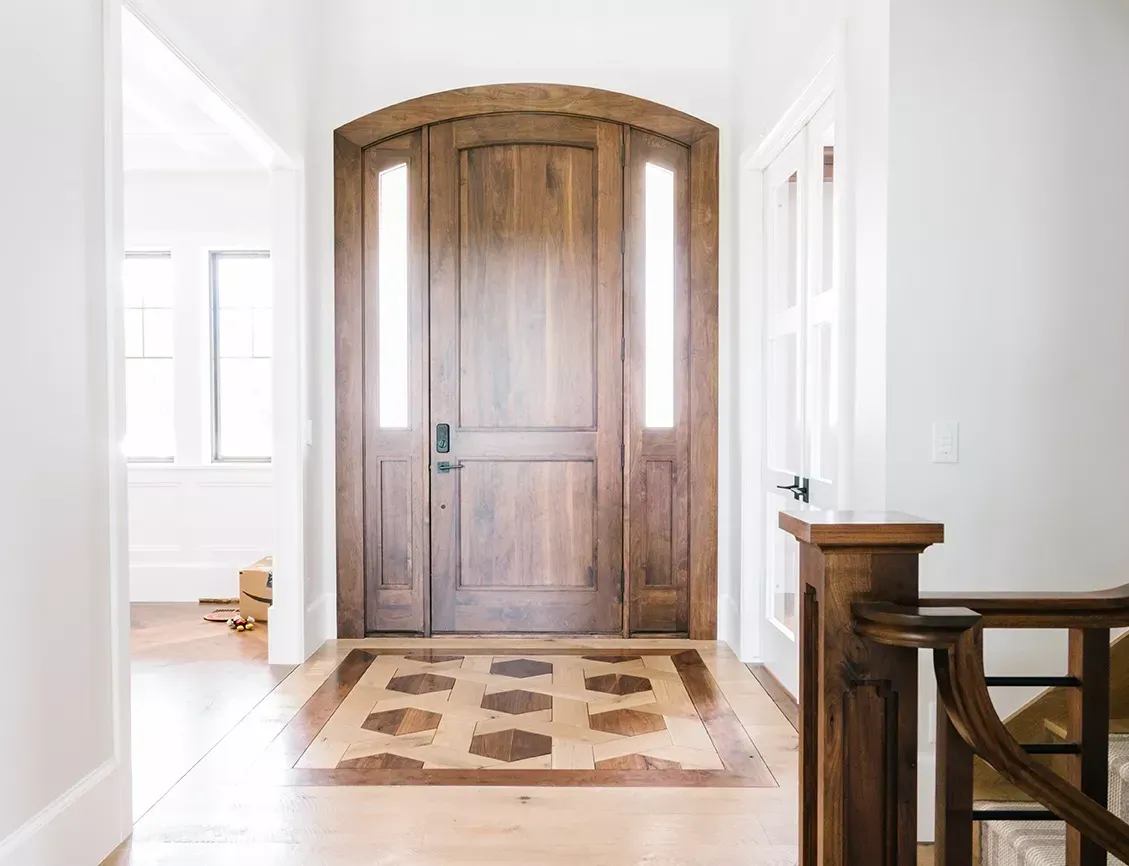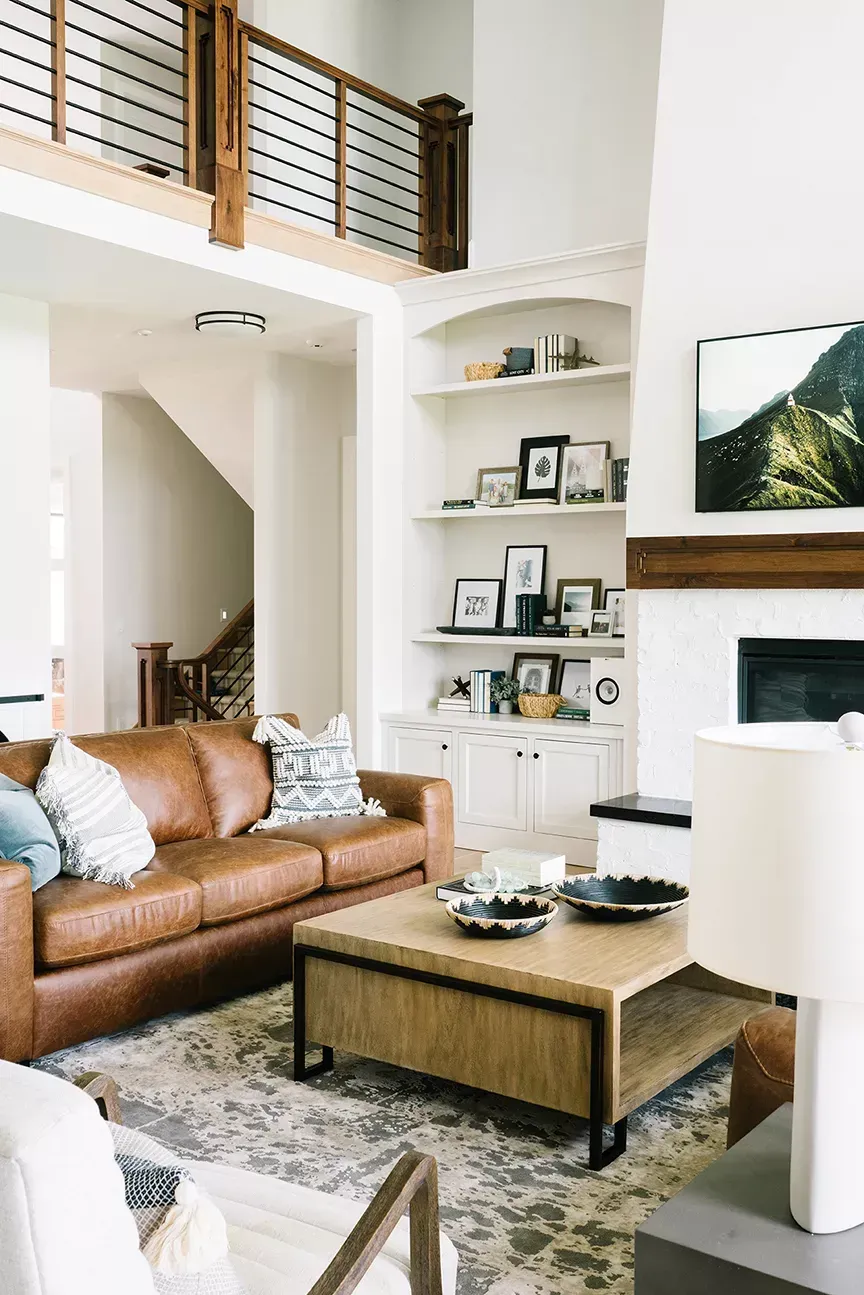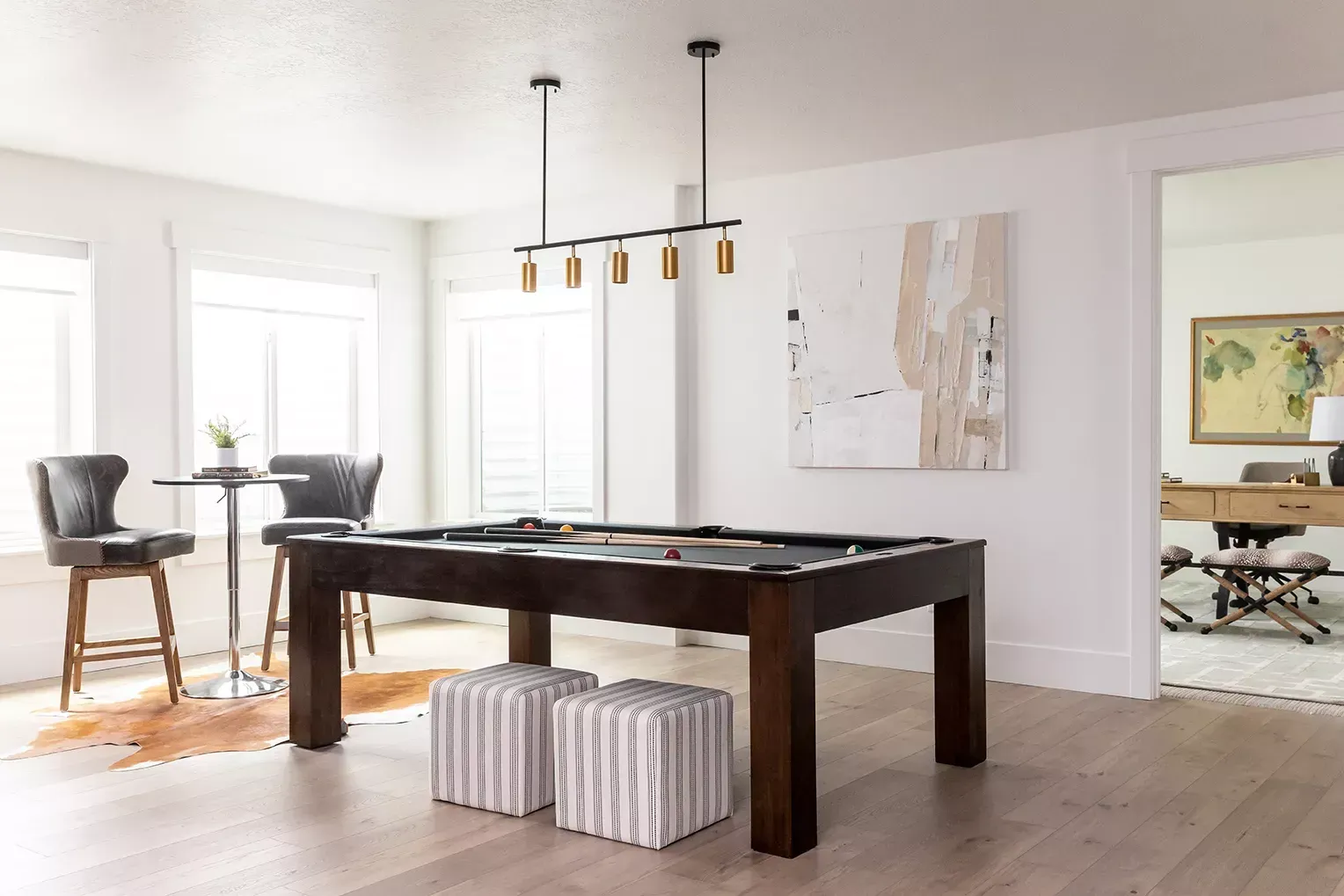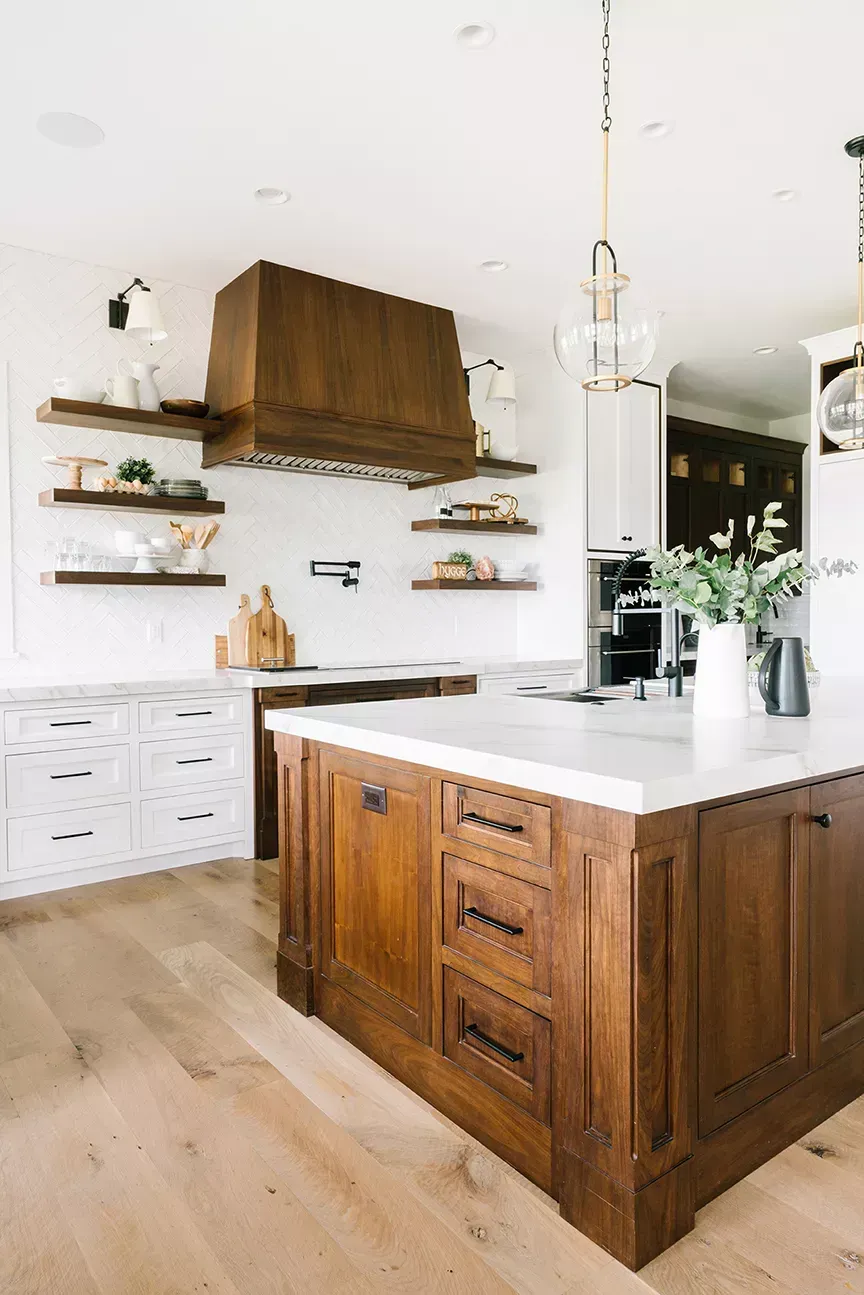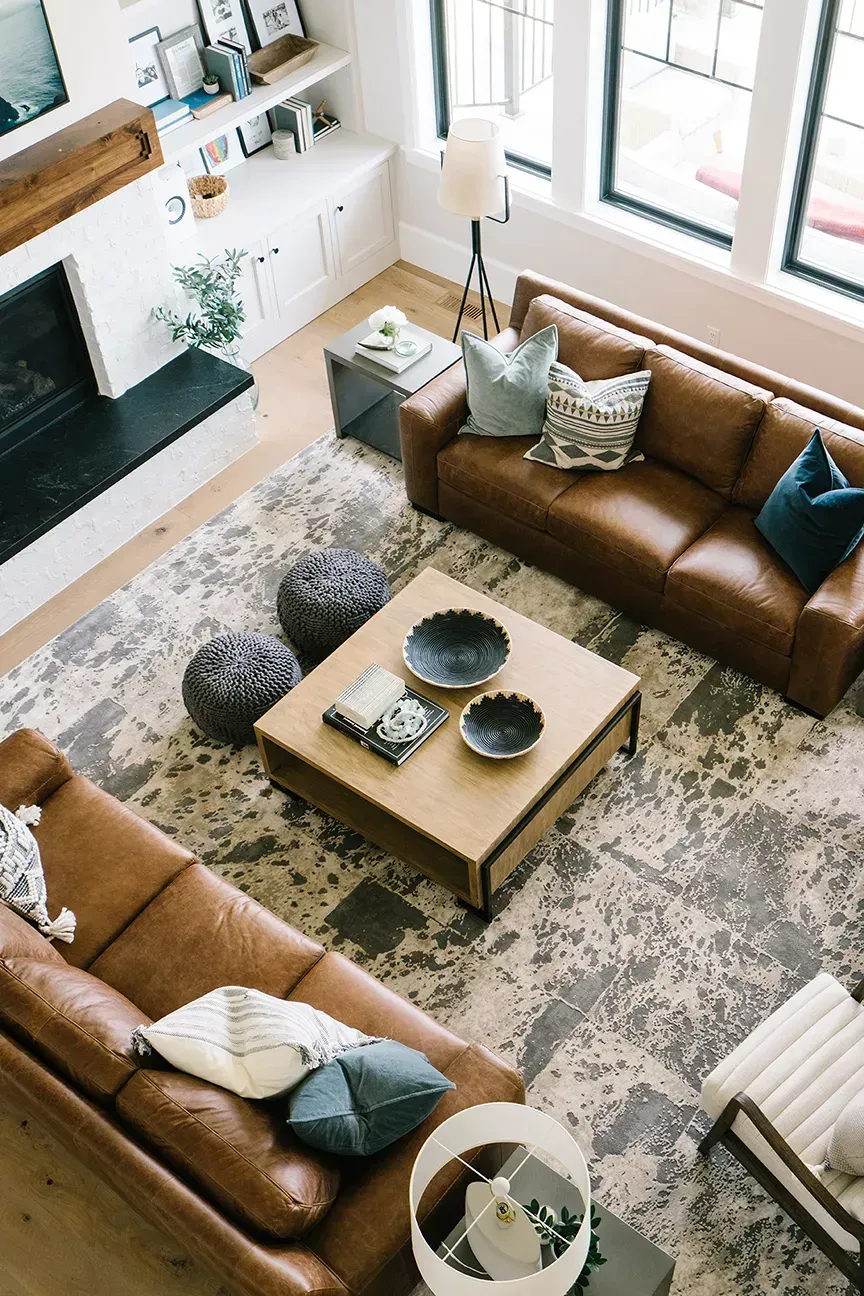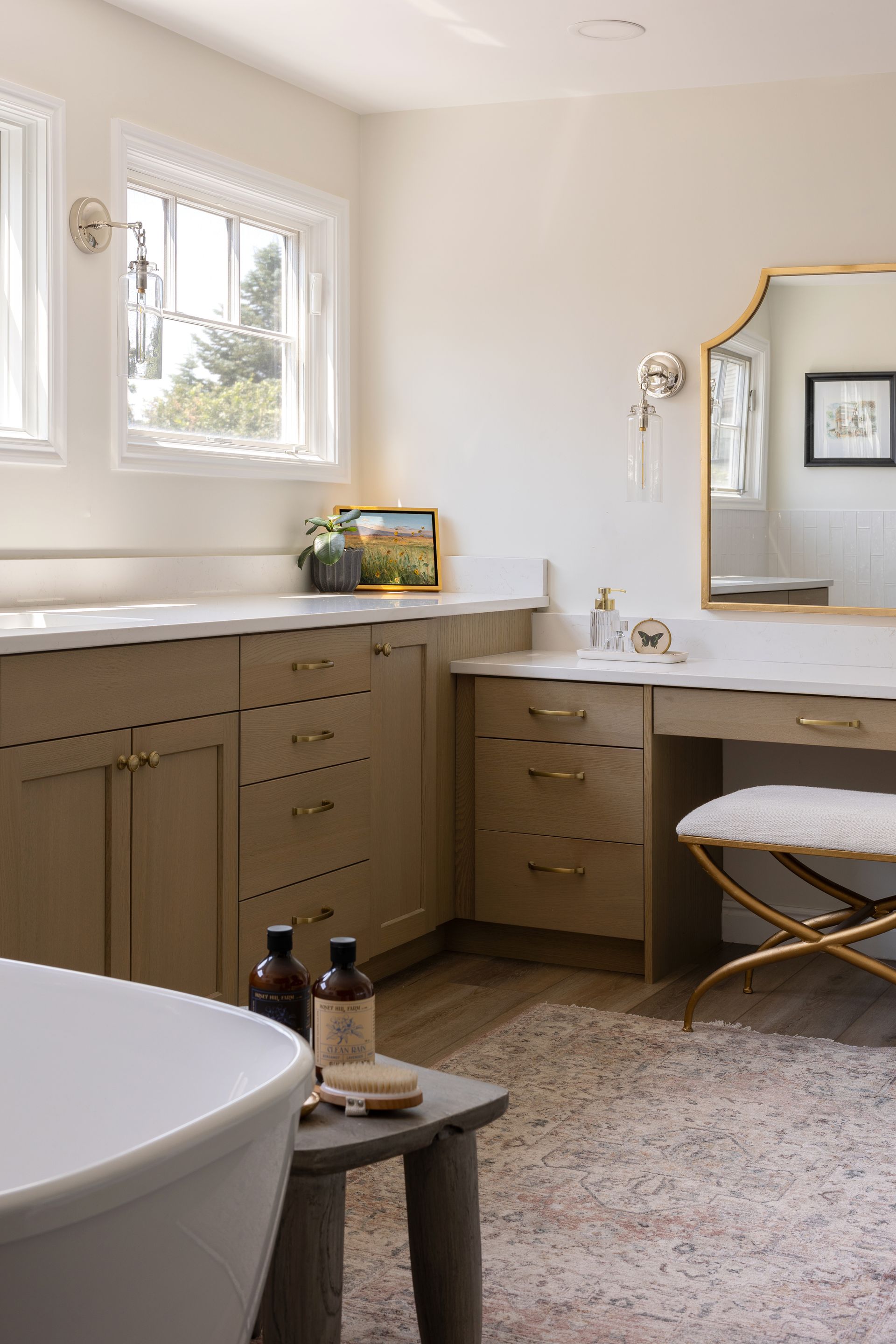Sustainable Materials in Home Design: Eco-Friendly Choices for 2025
Sustainability is no longer just a trend—it’s a necessity. As we move into 2025, homeowners and designers prioritize eco-friendly materials that reduce environmental impact without compromising style. With an ever-growing selection of sustainable materials available, creating a green and chic living space has never been easier.
Why Sustainability Matters in Home Design
Our choices when designing our homes have lasting impacts on the environment. Traditional building materials often contribute to deforestation, pollution, and excessive waste. By opting for sustainable alternatives, you can:
- Reduce carbon emissions
- Conserve natural resources
- Minimize waste and promote recycling
- Create a healthier indoor environment for your family
Top Eco-Friendly Materials for 2025
1. Reclaimed Wood
Reclaimed wood is not only aesthetically beautiful but also incredibly sustainable. By repurposing old wood from barns, factories, or warehouses, you reduce the need for deforestation. Reclaimed wood adds character and warmth to any space, whether for flooring, furniture, or accent walls.
2. Bamboo
Bamboo is one of the most renewable materials on the planet. It grows rapidly, making it an excellent alternative to traditional hardwoods. Plus, bamboo is durable and versatile and comes in various styles suitable for flooring, cabinetry, and even textiles.
3. Recycled Metal
From steel beams to aluminum fixtures, using recycled metal reduces the demand for new mining and minimizes environmental degradation. Recycled metal is extreme and can be incorporated into countertops, roofing, and structural elements, adding an industrial-chic touch to modern homes.
4. Cork
Cork is harvested from the bark of cork oak trees without harming the tree itself, making it a renewable and biodegradable choice. It’s naturally antimicrobial, fire-resistant, and excellent for insulation, making it a great option for flooring and wall coverings.
5. Eco-Friendly Paints
Traditional paints contain volatile organic compounds (VOCs) that release harmful chemicals into the air. Low-VOC and zero-VOC paints, made from natural ingredients, provide a safer alternative while offering vibrant colors and durability.
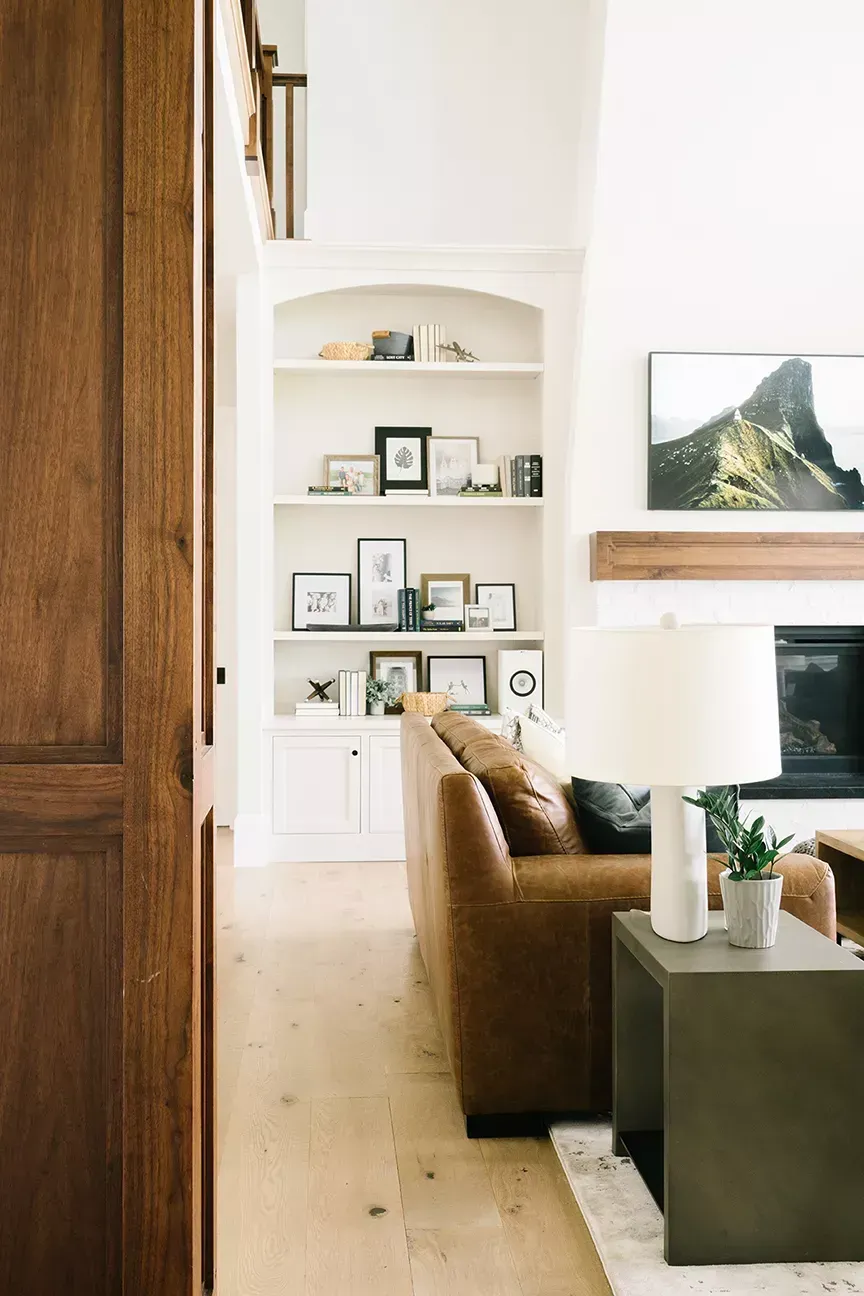
6. Recycled Glass
Recycled glass is becoming a favorite for countertops, backsplashes, and decorative elements. It’s made by repurposing post-consumer glass, reducing landfill waste while creating stunning, unique surfaces that sparkle and shine.
7. Hempcrete
A rising star in sustainable construction, hempcrete is a natural, breathable material made from hemp fibers, lime, and water. It offers superior insulation, fire resistance, and carbon-negative properties, making it an excellent choice for walls and insulation.
8. Linoleum (Not Vinyl!)
Linoleum is often confused with vinyl, but unlike vinyl, it’s made from natural materials like linseed oil, cork dust, and wood flour. It’s biodegradable, durable, and in various colors and patterns, making it a stylish and sustainable flooring choice.
Sustainable Design Practices
In addition to choosing eco-friendly materials, incorporating sustainable practices in home design can enhance your home’s efficiency and environmental impact:
- Passive Solar Design: Maximizing natural light and heat reduces energy consumption.
- Energy-Efficient Windows: Double or triple-pane windows help with insulation and reduce heating and cooling costs.
- Water Conservation Systems: Installing rainwater collection systems and low-flow fixtures conserves water.
- Green Roofs & Living Walls: These features improve air quality, provide insulation, and add a stunning natural aesthetic to your home.
- Upcycling & Repurposing: Instead of buying new furniture and materials, consider repurposing old furniture and materials to reduce waste.
The Role of Professionals in Sustainable Design
While DIY efforts can make a difference, working with experienced professionals ensures that sustainability is seamlessly integrated into your home design. The experts specialize in creating stylish, eco-conscious spaces tailored to your lifestyle and aesthetic preferences.
Their team understands the complexities of sustainable materials and energy-efficient design, ensuring your home is beautiful and environmentally responsible. Whether embarking on a complete home renovation or making minor eco-friendly upgrades, their guidance can help you make the most informed and stylish choices.
Sustainable home design is not just a passing trend—it’s the future. By choosing eco-friendly materials and mindful design practices, you can create a home that’s as kind to the planet as beautiful. With professionals' help, you can transform your living space into a sustainable sanctuary that aligns with your values and style. Ready to make the switch? The future of home design starts with you.
